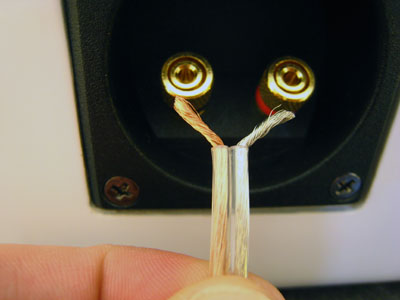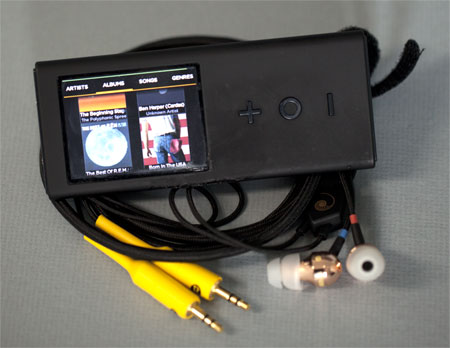Righteous Audio – Finally!
I love knowing I’m not alone in my rants. I have been complaining about digital audio compromises since the 80’s, and now, finally, a product is coming for people like me. It’s called “Pono” (Hawaiian for ‘righteous’) and its basically the iPod redone with no audio compromises. Just like the classic iPods, it will cost under $500 and play all your various media types, but everything played through it should SOUND TRULY BETTER.
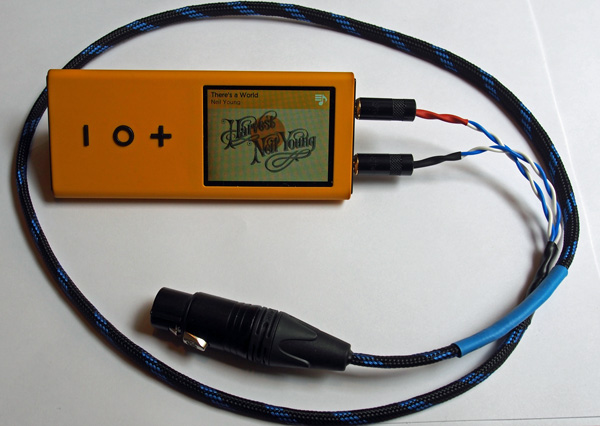
The difference is the sound. The whole difference. How could people discount the sound quality as non-critical? MP3’s are “good enough” for much use, like streaming, but if you want to hear music the way it was intended when created, you have to go beyond the CD standard and go higher with high-def audio files. Pono does this, and then uses hi-end electronics and amplification to round out the package.
The Pono player looks like perhaps the last portable digital music player I’ll ever need to buy. It has 64gb built-in, with 64gb cards to swap in and out more music library. A 64gb card can hold hundreds of hi-def tracks depending on how hi you def.
The Pono has hi-end audio circuitry designed for audio only. It has 2 outputs for either headphones or powering a real system with low-noise line level (as opposed to running out your headphone jack like many of us do with our portables now).
Anyone complaining or shooting down this concept (and they are out there) must have some sort of problem with either Quality, or Their Ears.
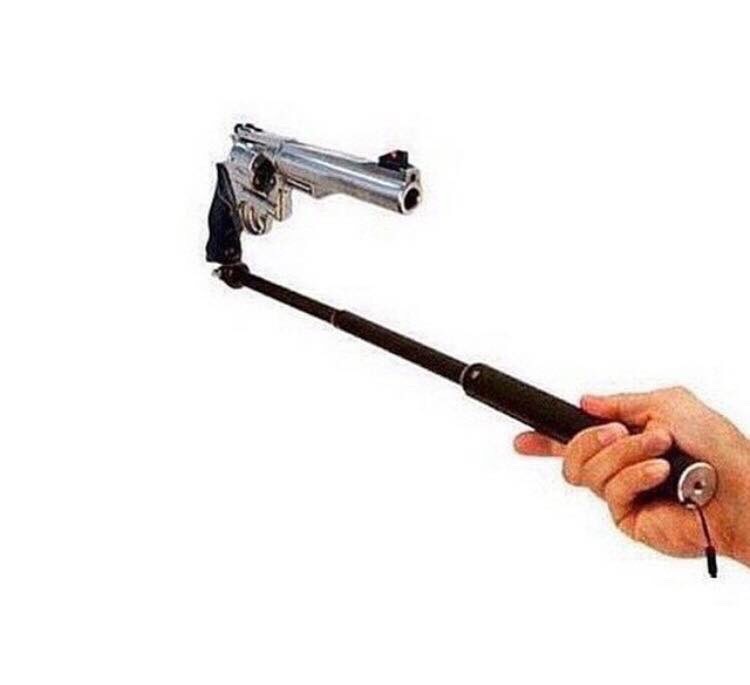
Why would people push back against a higher-quality version of something, a version that the original artists approve of? Ignorance or previous investment, I would think. All these jokers own HD TV’s too, too stupid to miss the obvious in front of their eyes. Higher quality digital sound than was possible in 1977? Yeah right!
Listen, don’t buy the Pono if you don’t want one, but I personally purchased my last mp3 file last year. The quality is horrible (and no liner notes!) to have to own that thing forever. I’ve been slowly buying or re-buying the classics in HD digital or vinyl.
If Pono succeeds in making the general public aware of what they’ve been missing for 30+ years – what every pro musician anywhere knows – that there was a lot of good stuff removed from music in the 1980’s, and that we can now bring that back along with the digital conveniences – well that’s something I fully support.
I’m buying one of these little tablerone’s of musical goodness.
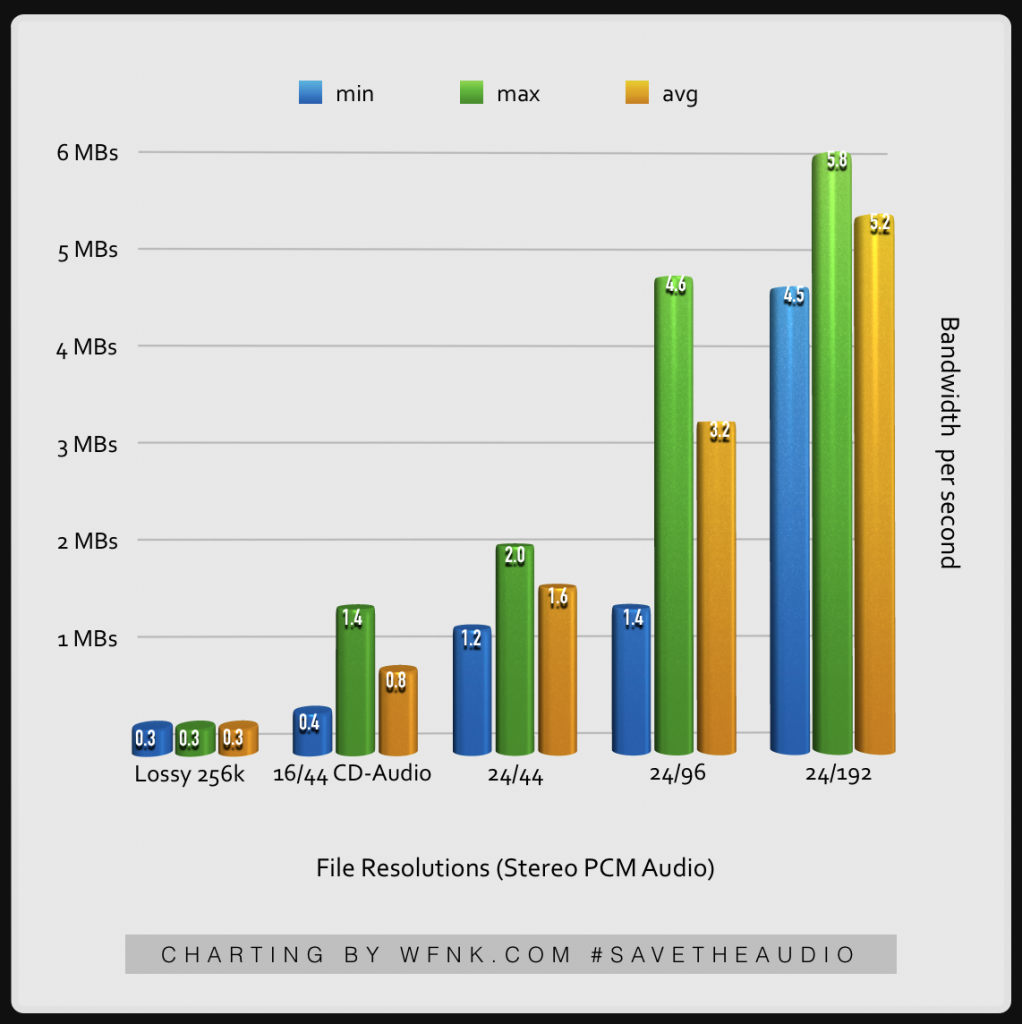
Coupla random opinions on the matter:
24/48 tracks should not cost more to purchase than 16/44 – the so-called “lossless” CD standard. Sorry marketing titles, it’s already lost much. CD’s & 16/44 should be discounted because it’s 37 year old digital tech.
24/48 is as low as you can go for “HD” marketing label. 16/44 was a compromise in 1977 and of course it still is. 24/48 is what most producers work at these days, and is the audio-for-video standard.
24/96 is the comfortable place for a modern digital audio standard, at least in popular music. Studios rarely record, mix, or master the originals at higher than that, and at 24/96 there is enough data to really get close to the total experience. You’d have to have an great listening environment, amazing music, and really good ears to get into hearing the improvement at 24/192. Classical fans with money to spend, maybe. Or cymbal tests in isolation. Both will show an improvement going up to 192.
These numbers 24/48, 16/44 are used alot, but keep in mind that they include all your dynamic range (loud to quiet), all your panning and depth (soundstage), all of your overtones and timbre (still impossible to quantify), all of your reverberations (tons of math!) along with the raw frequency response.
There’s a lot of data in audio, and the computer chips of 1977 could only do so much. Going to 24/96 gives all needed variables more storage room, and you can feel it in the music.
